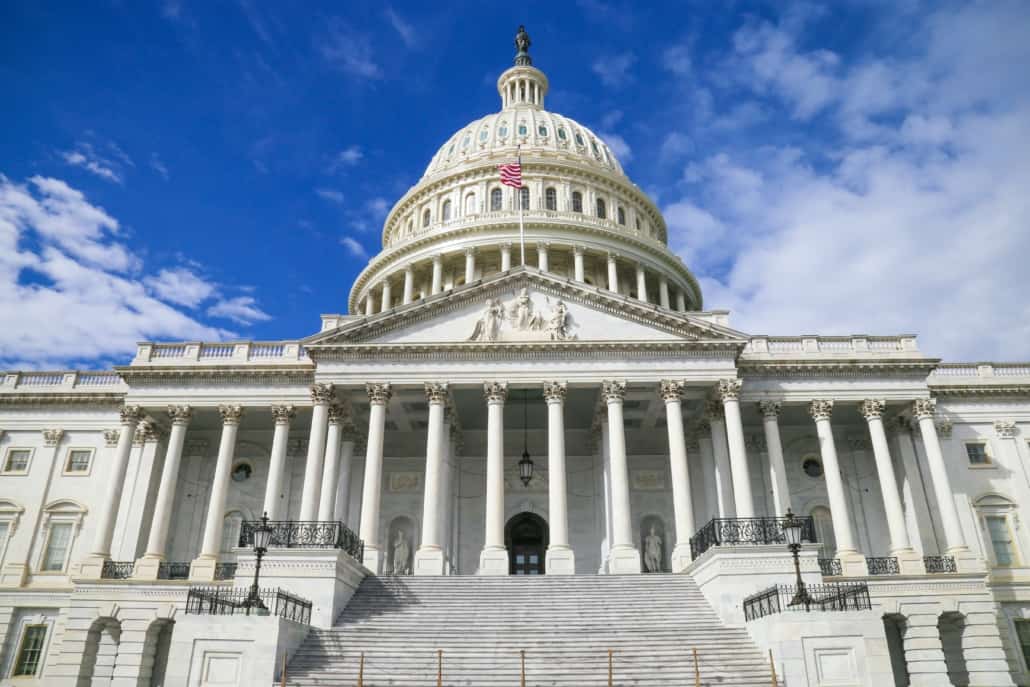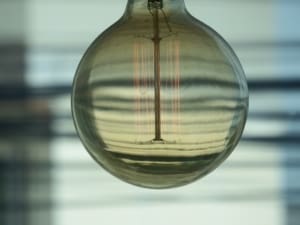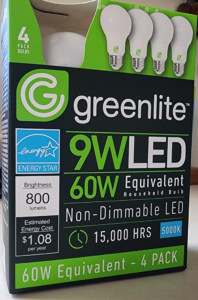All About Biden’s Push to Phase Out Incandescent Light Bulbs for LED

Since 1841, incandescent light bulbs have been patented and used to light buildings around the world. This invention revolutionized human life as we know it. Suddenly, workdays could be extended, and traveling after dark became possible.
On Tuesday, April 26, 2022, the Biden administration adopted two new standards for energy-efficient lightbulbs. Thanks to these new rules, the incandescent light bulb design that’s illuminated human lives for over a century will be mostly phased out by 2023. These are part of Biden’s promise to enact 100 energy-efficient actions this year.

Instead of the pear-shaped glowing glass orbs we’ve known our entire lives, the US will fully transition to using LED light bulbs. These bulbs—especially ENERGY STAR bulbs—last up to 25 times longer and use 75% less energy than incandescent.
According to the Department of Energy (DOE), Americans will save $3 billion annually as a whole thanks to these new measures. Considering how expensive energy bills have been over the past few years, this is a relief to consumers nationwide.
Additionally, this move will cut greenhouse gas emissions by nearly 222 million metric tons in the coming 30 years. That’s equivalent to the emissions 28 million homes would generate in one year!
This transition has become more and more attractive in recent years. Thanks to lighting manufacturers and research scientists continuing to forge ahead in LED technology, it’s now very inexpensive to produce LED bulbs.
In fact, many manufacturers report incandescent bulb production as being more expensive and tedious than LED and OLED production. Paired with Americans’ longstanding love for LED efficiency, the DOE and National Electrical Manufacturers Association (NEMA) agree this move makes sense.
This is a sharp turnaround from the manufacturers’ group’s previous stance. Past proposals of these regulations included extremely short timelines for bulb manufacturers to make this transition, drawing widespread ire.
While Trump was in office, this legislation stalled out due to tight timelines that some of the world’s largest incandescent bulb manufacturers couldn’t meet. Meanwhile, the EU pushed their version of this legislation forward.
But the Biden administration’s proposal provides an extremely manageable timeframe to reach compliance, according to NEMA’s spokesman.
New LED Light Bulb Rules
Basically, the DOE changed an existing definition and added one major regulation to put these rules into effect.

Light bulbs are also known under the umbrella term “general service lamps” when it comes to legislation. The definition of “general service lamp” has been revised, and no longer includes “general service incandescent lamps” (GSIL) under the umbrella. It now focuses more on LED and OLED lamps instead.
As for the major regulation, it relates to lumens. Now, the minimum standard for light bulbs is 45 lumens per watt. We measure brightness using lumens, regardless of the type of lightbulb. Whereas most incandescent light bulbs measured their brightness in watts, this isn’t entirely accurate – watts measure the energy used, not the light you get. As LED light bulbs have gained popularity, manufacturers began labeling bulbs with lumens instead (shown in the example on the right).
This threshold is easily and efficiently achieved by today’s modern LED technology. As soon as the new rules take effect, light bulb manufacturers will only be allowed to sell these energy-efficient light bulbs.
Consumers across the US have been enjoying the benefits of LED light bulbs for years. As of 2020, only 30% of all light bulbs sold across the US were incandescent—in some ways, this legislation is simply making official what savvy Americans have known for decades: LED bulbs just make sense.
The new definition will go into effect 60 days after its publication in the Federal Register. The new lumen threshold will go into effect 75 days after its publication in the Federal Register. As of January 1, the US will no longer be able to manufacture or import incandescent bulbs.
At CJM Lighting & Electrical, our team is extremely familiar with how effective and affordable LED lighting can be. From track lighting in your office to security lighting for your entire facility, we know exactly how to save you the most money on your custom lighting and electrical needs.













Trackbacks & Pingbacks
[…] LED light bulbs have grown immensely in popularity over the last few decades. The technology is significantly more energy efficient than traditional incandescent bulbs. These types of bulbs are much brighter than older technologies and run much cooler than other models. This makes them much safer and less heavy on your electrical bill. LED technology is widely used in technology like phone screens, computer screens, and television screens. It is great to use in electronics as it runs cool and doesn’t heat up the device. […]
Leave a Reply
Want to join the discussion?Feel free to contribute!